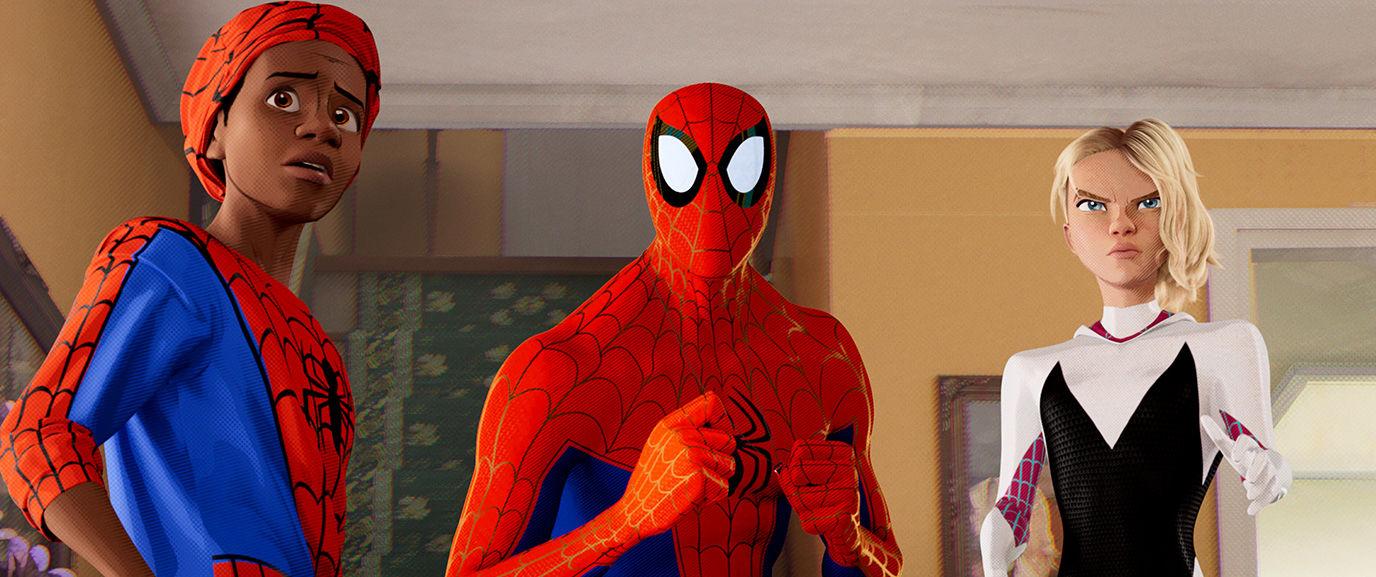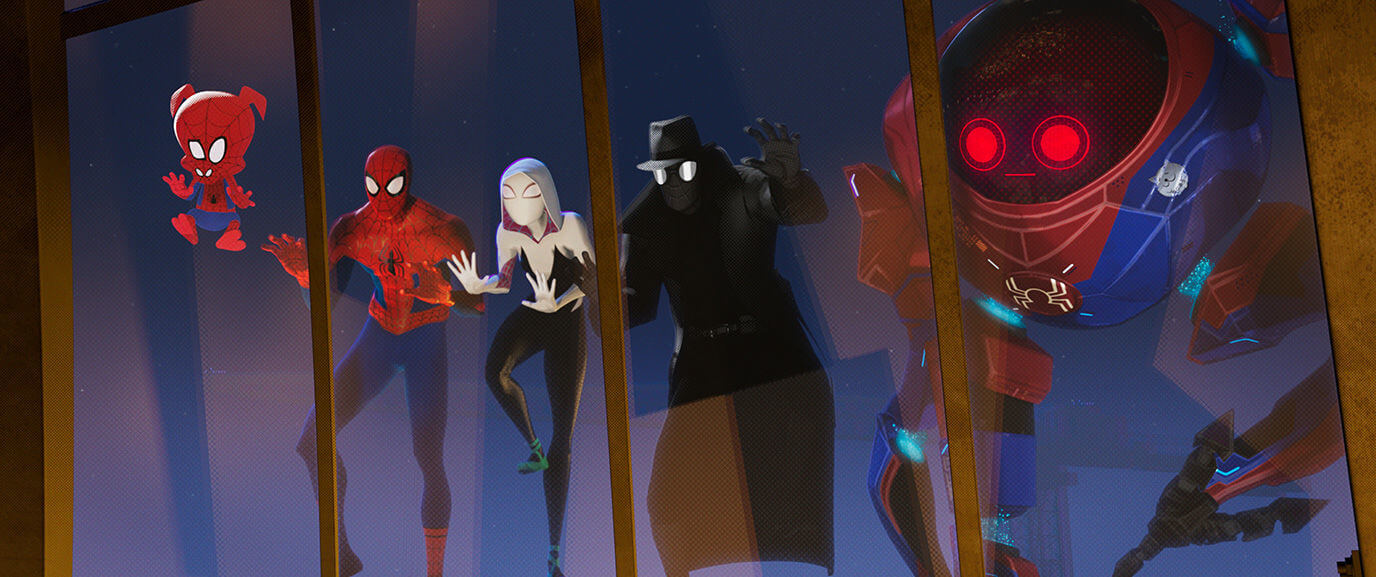The insane work in making THAT Spider-Verse end credits scene – and other things we learnt at Pictoplasma 2019
The 15 edition of character design festival Pictoplasma is now over(although expect its NYC version to pop up towards the end of 2019.) So what scoops from the world of digital arts were the most intriguing to surface from our time in Berlin? And how exactly was that deliciously retro end credits scene of Spider-Man: Into the Spider-Verse made?

You’ll be surprised by the answer as it turns out the process was more digital than traditional; read on to find out the five biggest revelations of Pictoplasma 2019 including Jeron Braxton’s forthcoming dating show parody and a movie based on the world’s greatest cat artist.
How Into the Spider-Verse‘s post-credits scene was made using a mix of 2D and 3D…
At a special screening of Spider-Man: Into the Spider-Verse we were treated to a Q&A with the film’s production designer Justin K. Thompson (who you can see in the above photo in glasses.)

As he spoke during the closing credits, we and he paused to watch the inspired end-credits scene that has Spider-Man 2099 travel back in time into the 1967 universe of the original Spider-Man animated series.
Justin explained afterwards that the team scanned film stock from the cartoon after gaining permission to use the original footage, into which they then placed their model of Miguel ‘Spider-Man 2099’ O’Hara. That’s when everyone realised they were using a 3D model within a 2D environment. Oops.
“The whole scene was made in three days, including the intro where you see Miguel’s holo-assistant Lyla materialise on-screen,” Justin told us.
“It was actually written by Phil (Lord) and Chris (Miller) while we were doing colour correction – and the film had to come out in a week,” he revealed to amazed laughter.
“What did we do? Well, it would have actually been harder for us to get a 2D studio to draw the character for us, especially in that time frame. So we stuck with 2099 being in 3D and the team wrote software literally overnight to make him look and shaded like a two-dimensional character.
“It was kind of amazing that they made it look that way, and it’s given me a lot of ideas on what to do next. Because I was like, ‘Oh wait, we can actually make it look that shitty? We can make a 300 million dollar movie look that bad?’ It’s amazing,” he joked with a glimmer of inspiration in his eyes.
…And how often the film was screen-tested.
Such last-minute changes weren’t unique to the movie, and Justin also revealed how producers Lorde and Miller tested the film with audiences every two weeks using storyboards and whatever footage was available as production rumbled on, changing any lines and jokes that fell flat with viewers.
It truly is ‘amazing’ then how well the film stands up even on a repeat viewing, and the movie is a perfect choice for Pictoplasma. For an event centered around artists and attended by mainly artists, it can be easy to forget how the main character of Miles Morales is an artist himself.
It’s rare to see a visual artist as a main character in a film, especially in superhero cinema, and especially one as positively portrayed as Miles is. If the film has any minor flaws, one of them would be the fact that the film forgets Miles’ street art work as soon as he gets his Spiderman powers (and only remembers it towards the end.)
The biggest oversight is in not actually showing Miles spray the logo we saw on his suit towards the finale – surely a seconds-long shot of Miles standing in front of the black suit with a spray can wouldn’t have been too hard to include?
Otherwise the film really did deserve its Oscar, and will surely influence both animation and comic book cinema for years to come. You could even say it’s already beaten films like Spider-Man: Far From Home to the punch with its multi-verse storyline, and already had an out of shape superhero dealing with depression long before Avengers: Endgame came out this year with its depiction of ‘Fat Thor.’ The character of Peter B. Parker surely did the big screen representation of male depression in superhero cinema first.
Source: https://www.digitalartsonline.co.uk

熱門頭條新聞
- GAME DEVELOPER CONFERENCE 2024 SUCCESSFULLY HELD
- April Release Date for Lotus Lantern: Rescue Mother
- Pieces Interactive ready for release
- BLOCK BUSTER VR CELEBRATES FIRST ANNIVERSARY BY INTRODUCING MULTIPLAYER MODES
- UNITED MEDIA SUPPORTS THE SEVENTH ART AND BEST PRODUCTIONS
- NetEase Experts Spotlight Cutting-Edge Game Technology at GDC 2024
- Sail the Seven Seas in Sagres – coming soon to Nintendo Switch!
- NG24 SPRING: FIRST NG CONVERSATION REVEALED!
